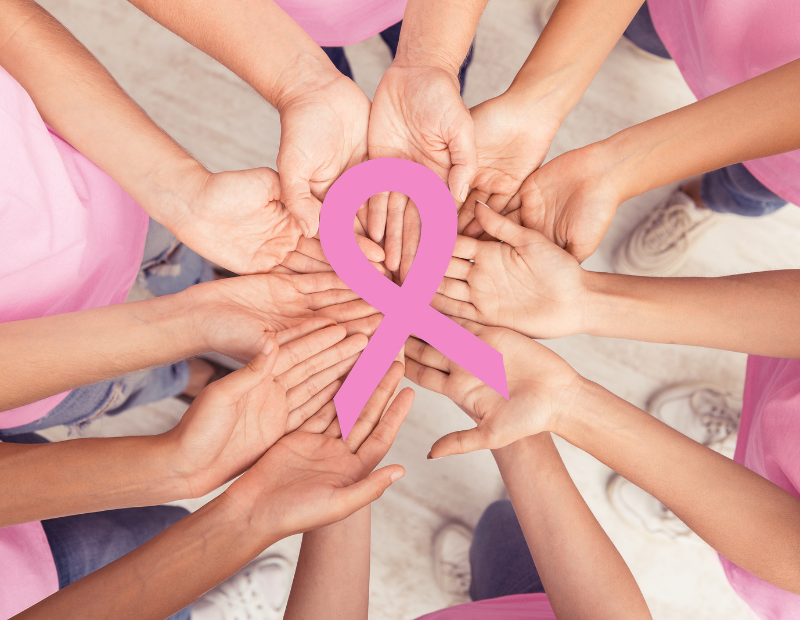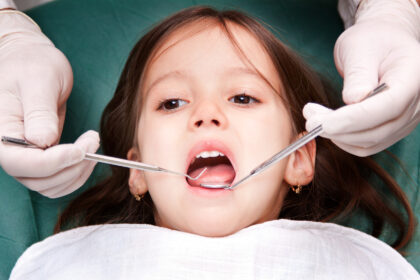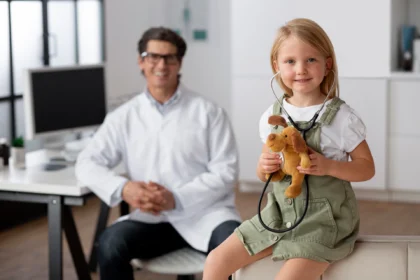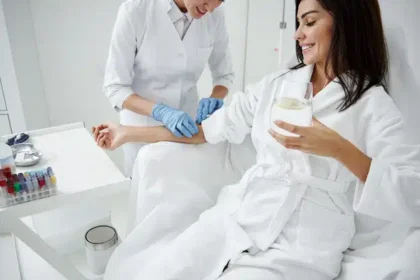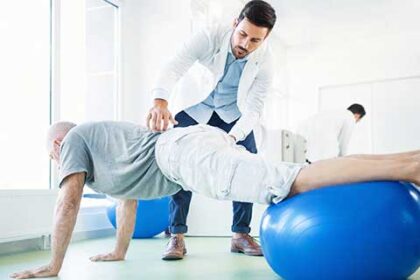Breast health is an essential part of overall wellness for women of all ages. Regular self-exams, clinical screenings, and preventive care can play a life-saving role in the early detection of breast cancer and other breast-related conditions.
This guide aims to educate women on how to stay aware, proactive, and empowered when it comes to their breast health.
Why Is Breast Health Awareness Important?
Breast cancer is the most common cancer among women worldwide, but early detection significantly increases survival rates. By being familiar with the normal look and feel of your breasts, you can spot changes early and seek medical help in time.
Understanding Breast Anatomy
What Makes Up the Breast?
The breast consists of:
- Glandular tissue (produces milk)
- Fatty tissue (gives size and shape)
- Connective tissue
- Blood vessels and lymph nodes
Being aware of what’s normal in these areas helps in detecting abnormalities.
How to Perform a Breast Self-Exam (BSE)
When to Perform It
- Once a month
- Best done 7–10 days after your period starts (when breasts are least tender)
- Post-menopausal women should pick a specific day each month
Step-by-Step Self-Exam
- Visual Check in Mirror
- Stand with arms at your sides, then raise them
- Look for changes in shape, size, or skin texture
- Manual Exam While Lying Down
- Use the pads of your fingers in a circular motion
- Cover entire breast and armpit area
- Manual Exam in the Shower
- Wet skin helps detect lumps more easily
Note: Most lumps are non-cancerous, but all changes should be checked by a doctor.
Breast Cancer Screenings: What You Should Know
Clinical Breast Exam (CBE)
- Performed by a doctor or nurse
- Recommended every 3 years (ages 20–39) and annually after 40
Mammograms
- X-ray of the breast
- Detects tumors before they can be felt
- Recommended:
- Age 40–49: Talk to your doctor
- Age 50–74: Every 1–2 years
- Earlier if you have a family history
Breast MRI or Ultrasound
Used in high-risk individuals or to follow up on suspicious mammograms.
Common Breast Health Issues
| Condition | Symptoms | Is It Cancer? |
|---|---|---|
| Fibrocystic breasts | Lumpiness, tenderness, swelling | Usually benign |
| Cysts | Fluid-filled sacs | Benign, but may need drainage |
| Fibroadenoma | Painless, movable lump | Non-cancerous |
| Mastitis | Inflammation during breastfeeding | Infection, not cancer |
| Breast Cancer | Hard lump, nipple changes, discharge | Needs urgent attention |
Prevention Tips for Healthy Breasts
1. Maintain a Healthy Lifestyle
- Balanced diet: Rich in antioxidants, fiber, omega-3s
- Exercise regularly: At least 30 minutes a day
- Limit alcohol: Excessive drinking increases risk
2. Avoid Smoking
Smoking is linked to various types of cancer, including breast cancer.
3. Manage Stress
High stress levels may affect hormone balance — practice relaxation techniques.
4. Breastfeed if Possible
Breastfeeding reduces the risk of breast cancer in women.
5. Know Your Family History
If you have a first-degree relative with breast cancer, discuss genetic testing (like BRCA1/BRCA2) with your doctor.
When to See a Doctor
You should seek medical attention if you notice:
- A new lump or mass
- Pain in one spot that doesn’t go away
- Nipple discharge (especially if bloody)
- Changes in skin texture (dimpling, redness)
- Inverted nipple or changes in nipple shape
Conclusion
Breast health awareness isn’t just for older women — it’s a lifelong responsibility. By performing monthly self-exams, attending regular screenings, and adopting a healthy lifestyle, you can take control of your breast health and significantly reduce your risk of complications. Awareness, early detection, and timely treatment save lives — and your body deserves your attention.
Frequently Asked Questions (FAQs)
1. Are breast self-exams still recommended?
Yes, while not a replacement for mammograms, monthly self-exams help you stay familiar with your body and notice early changes.
2. How do I know if a lump is cancerous?
Only a doctor can determine that through tests like mammograms or biopsies. Most lumps are benign, but get any new lump checked.
3. Can men get breast cancer too?
Yes, though rare, men can also develop breast cancer and should report any breast changes to a doctor.
4. At what age should I start mammograms?
Usually by age 40, but earlier if you have a family history or genetic risk.
5. How often should I perform a breast self-exam?
Ideally once a month, at the same time in your menstrual cycle for consistency.
6. Does breastfeeding lower breast cancer risk?
Yes, breastfeeding has a protective effect and may reduce the risk of both pre- and postmenopausal breast cancer.
7. Can wearing a bra cause breast cancer?
No. There is no scientific evidence linking bra use with increased breast cancer risk.
8. What should I eat for better breast health?
A plant-rich diet with fruits, vegetables, whole grains, nuts, and healthy fats supports breast and overall hormonal health.


